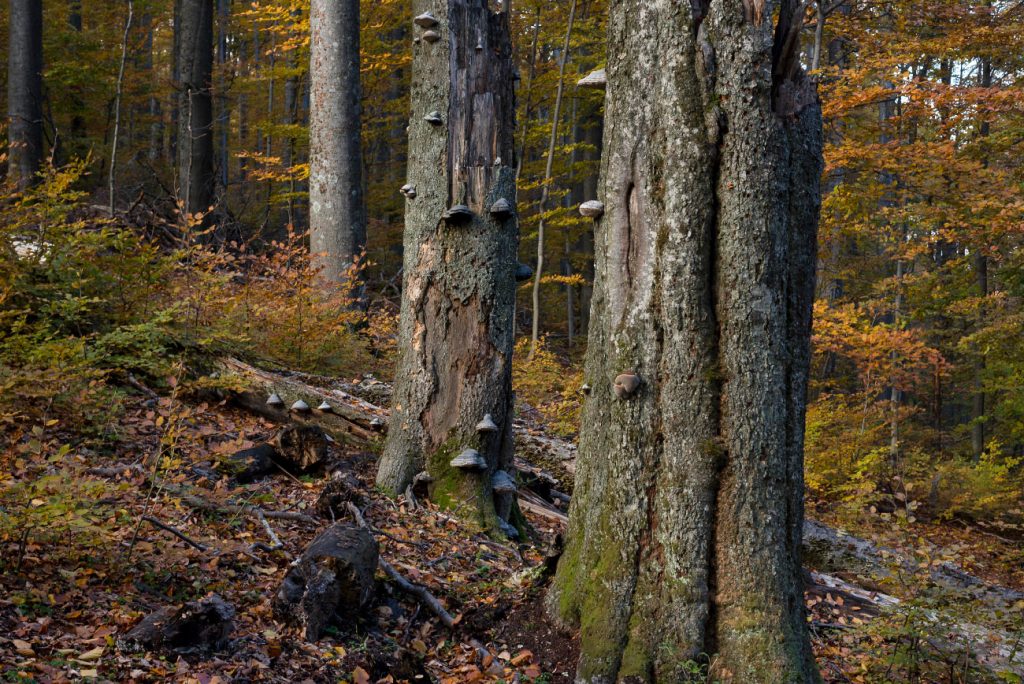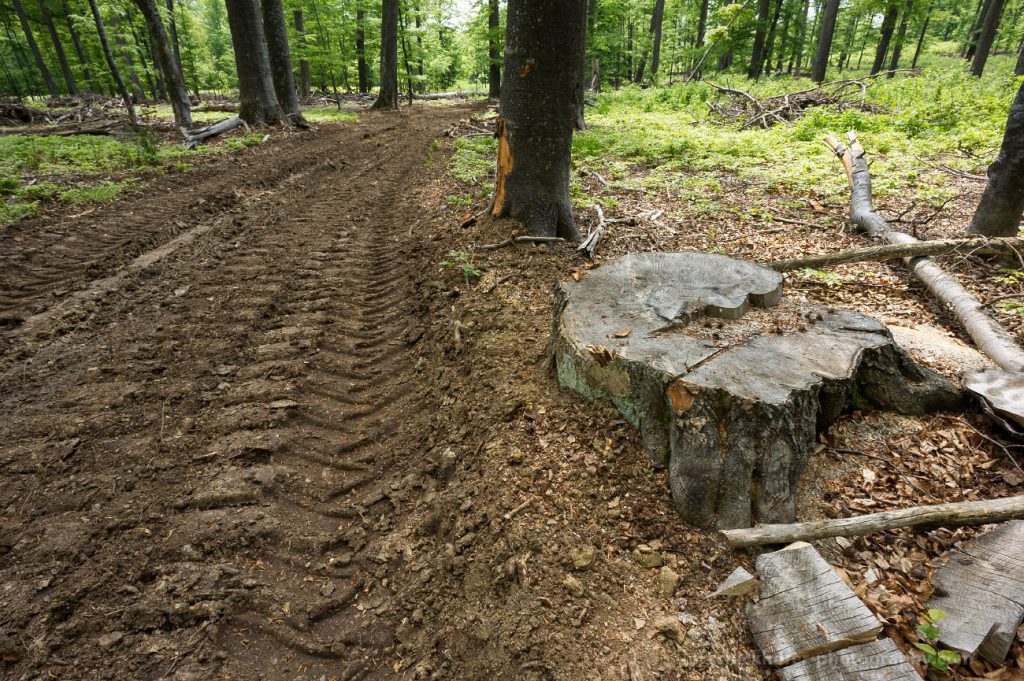30 experts from 12 European countries call on logging moratorium in ancient forests
AGENT GREEN international press release
Bucharest, 2015 December 8th
The environmental organization Agent Green is happy to announce that “Cosava Mica” virgin forest located in Semenic Mountains, Romania was saved from logging and it is secured for the next 10 years. In this window of opportunity the organization will undertake all necessary steps to include this forest in a national park and UNESCO Natural World Heritage.
“This forest still looks just like Mother Nature created it after last ice age and had absolutely no protection status till now. If not rescued last minute it would have been burning in Italian, Austrian and German chimneys, the main markets for Romanian fire wood. We received last week the official good news that the new decennial management plan of Cosava Mica place the forest in the special T1 category. This means that not a single branch can be removed from this forest”, said Gabriel Paun, President of Agent Green.
“Cosava Mica” is owned by the Romanian state and is administrated by Romsilva, the economical operator that is managing all state forests including natural protected areas. Agent Green campaign to save Cosava started in February 2015 when the organization learnt that Romsilva denied this forest to become part of UNESCO World Heritage. Agent Green submitted the technical folder to protect Cosava at the ministry for environment and started a national petition.
“At the beginning of this campaign Cosava Mica measured 739 hectares. We lost 5.5 hectares meanwhile due to logging at its northern side but 733.5 hectares are now secured”, added Paun.
Forests in general store large amounts of carbon that would otherwise contribute to climate change. Virgin and old growth forests may store even twice as much carbon. They store nearly 300 billion tons of carbon in their living parts (biomass)—roughly 30 times the annual amount of emissions created by burning fossil fuels (FAO data). But when forests are degraded or destroyed, this carbon is released into the atmosphere. From 15 to 19 of November 2015, 30 experts and stakeholders from 12 European countries, who are dedicated to ecological research on and conservation of old and free-willed European Beech forest ecosystems, gathered on the Isle of Vilm and conducted an intensive workshop to exchange recent findings. At the end they called on Governments for a logging moratorium in European old-growth beech forests.
“Virgin forests continuously build up large carbon sinks, especially in the soil. Cascading timber use and sustainable forestry can help to bind CO2 from the atmosphere. But it takes long time to restore the carbon balance of virgin forests. We do not have that time as humankind needs to curb green house gas emission immediately. Thus our last virgin forests, in particular in Romania, need to be protected also because of climate reasons“, said Matthias Schickhofer, book author, journalist and Agent Green senior advisor.
Romania is home for 2/3 of European last virgin forests. 218.000 ha were mapped in 2005 but only 20% have proper protection (“Inventory and strategy for sustainable management and protection of virgin forests in Romania”, 2004; PINMATRA project, co-financed by the Dutch Royal Society for Nature Conservation KNNV).
AGENT GREEN calls on Romanian Government to:
– Include Cosava Mica in the strictly protected area of Semenic National Park and make it a UNESCO World Heritage Area
– Protect all remaining virgin forests till end 2016
– Establish a logging moratorium in all virgin forests as identified in 2005 Veen Ecology study



